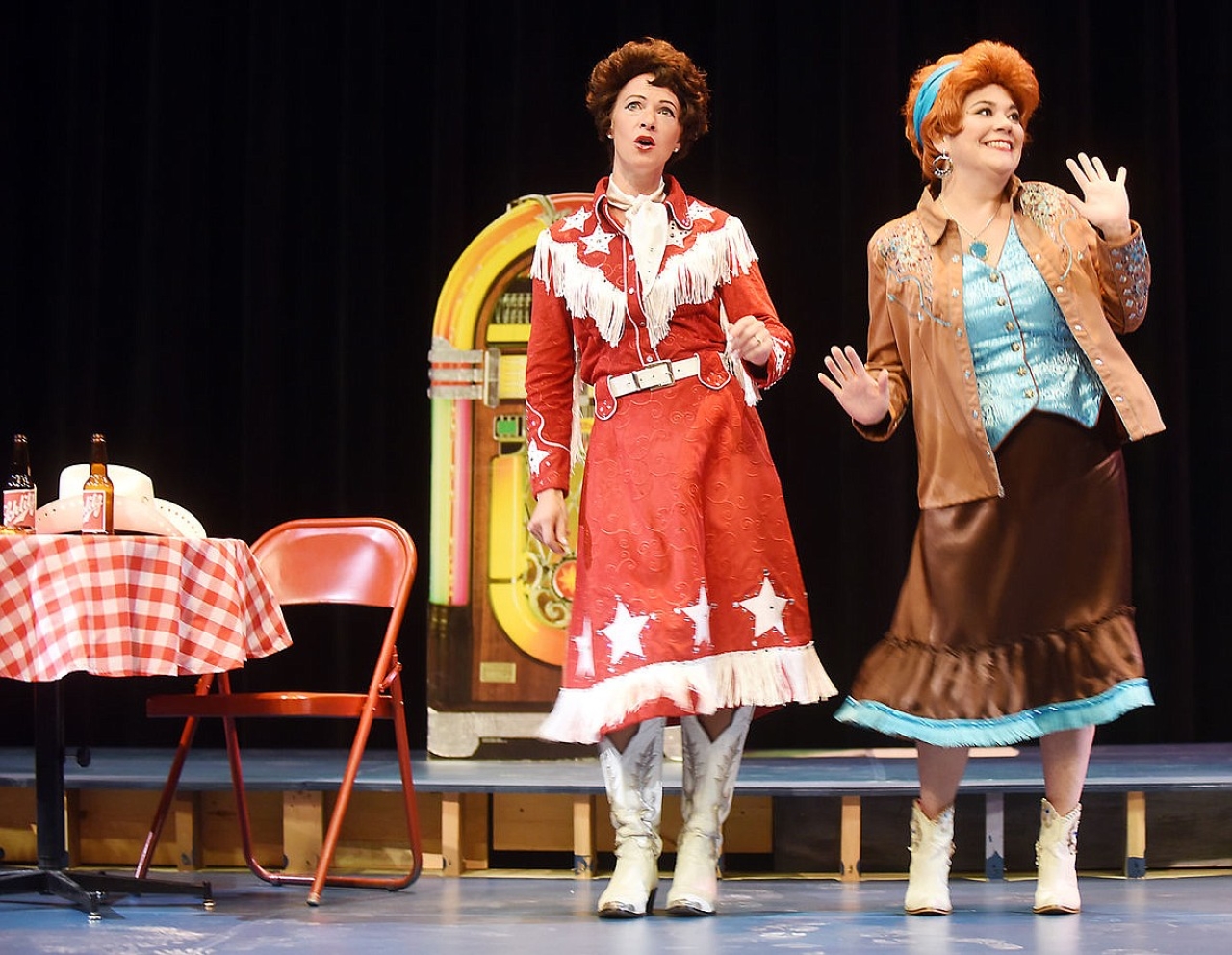✨ A YOUNG GIRL FROM WINCHESTER WITH BIG DREAMS
Before “Walking After Midnight” ever existed, Patsy Cline was still Virginia Patterson Hensley, a girl from Winchester, Virginia. She grew up in a working-class family, raised by a seamstress mother after her parents’ separation. Money was tight, and the future seemed uncertain. But Patsy had something powerful: a voice that carried both heartbreak and hope, one that locals couldn’t ignore. From church choirs to small-town talent shows, her singing cut through the noise and hinted at something bigger than her hometown.
Her dream was not simply to sing—it was to break into a world where few women had managed to stand tall. Nashville was male-dominated, built around cowboys and baritone crooners. Yet Patsy carried a fierce determination that felt unstoppable, even if she didn’t yet have the song to prove it.

🎙️ THE TV TALENT SHOW THAT CHANGED EVERYTHING
The turning point came in 1957, when Patsy appeared on the CBS television program Arthur Godfrey’s Talent Scouts. Television was still young, but the show had already launched several careers. Patsy walked on stage with nervous confidence, not fully aware that she was about to sing the song that would define the rest of her life: “Walking After Midnight.”
The moment the steel guitar intro played, something shifted. Patsy’s rich contralto voice filled the studio, soulful yet restrained, aching yet strong. The song was unlike typical country numbers of the time. It had the bones of a honky-tonk ballad, but also a pop sensibility—haunting, nocturnal, almost cinematic. Viewers across America felt it too. By the time she finished, the studio audience erupted, and the phone lines lit up with excitement. Overnight, a new star was born.
🌌 A SONG THAT BLURRED GENRES
“Walking After Midnight” was revolutionary because it refused to sit neatly in one box. Written by Don Hecht and Alan Block, the song told the story of a woman wandering under the moonlight, haunted by loneliness, searching for a lost love. Patsy’s delivery made it universal—half country twang, half torch ballad.
Radio programmers initially resisted, unsure if it was “country enough.” But audiences proved them wrong. The single raced up both the country and pop charts, peaking at No. 2 on the country chart and No. 12 on the Billboard Hot 100. In a single stroke, Patsy Cline had crossed over. She became one of the first female country singers to truly bridge the gap between Nashville and mainstream American pop.
It wasn’t just a hit—it was a declaration. Patsy had proven that her voice was too powerful to be confined by genre labels.
🚪 OPENING THE DOORS TO A CAREER
With “Walking After Midnight,” Patsy finally had leverage in Nashville. Before the song, she was another struggling singer, performing for radio stations, hoping for a break. Afterward, she became a recognizable name, booked on tours, and embraced by fans far beyond Virginia.
Yet the song did more than boost her fame—it gave her courage. She now knew that her instincts, her style, her voice had the ability to reach people deeply. That confidence would later fuel her legendary recordings like “I Fall to Pieces” and “Crazy.” But without “Walking After Midnight,” there may never have been the Patsy Cline the world remembers today.
💔 THE IRONY OF ITS LYRICS
Looking back, “Walking After Midnight” almost feels prophetic. The song’s imagery of wandering alone in the dark foreshadowed the haunting sense of longing that defined much of Patsy’s short life and career. She often sang of broken hearts, separation, and longing—stories that mirrored her own struggles with relationships, financial hardship, and the uphill battle of being a woman in country music.
Fans felt that vulnerability. Patsy didn’t just sing the words—she lived them. Her performances carried authenticity that made every lyric believable. That was why “Walking After Midnight” stuck with people: it wasn’t just a catchy song, it was an emotional truth.
🌟 A LEGACY THAT BEGAN WITH MIDNIGHT
Patsy Cline only lived to 30, her career cut tragically short by a plane crash in 1963. Yet in less than a decade, she transformed country music. When she became the first woman inducted into the Country Music Hall of Fame in 1973, much of that honor traced back to this first breakthrough.
“Walking After Midnight” wasn’t just the song that gave her fame—it gave her a future. It opened the industry’s ears to women with power, passion, and crossover appeal. It showed that the female voice could dominate both the country stage and the pop charts.
Today, more than six decades later, the song still plays on late-night radio, still covered by countless singers, still wandering through the midnight streets of memory. And every time it plays, it feels like Patsy Cline is still out there, searching under the moonlight, her voice echoing into eternity.